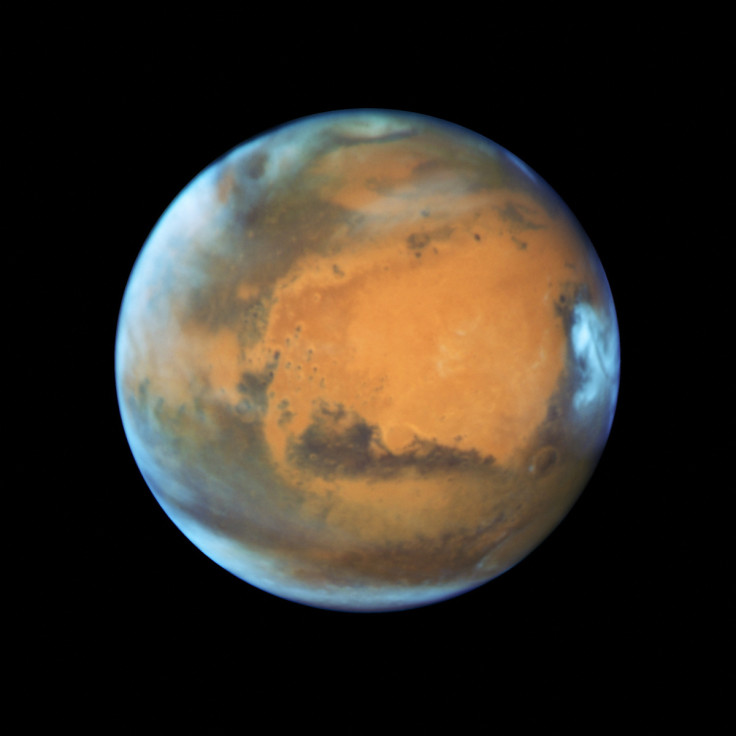This Year's Marsquake 5 Times Stronger Than Second-Largest Event: 'It's Definitely The Biggest'
KEY POINTS
- NASA's InSight Lander detected a large marsquake, dubbed S1222a, on May 4
- "This was definitely the biggest Marsquake that we have seen," the study lead says
- It allowed researchers to see seismic features they hadn't seen before
How big was the marsquake detected on the Red Planet earlier this year? Scientists say it was five times larger than the previous record holder.
NASA's InSight Lander detected a large marsquake, dubbed S1222a, on May 4. In a study, published Wednesday in Geophysical Research Letters, scientists explained just how big and interesting the event truly was.
The researchers determined the quake was actually five times larger than the second-largest event, which was recorded in August last year. It was the "largest seismic event detected so far" during the seismic monitoring mission.
"This was definitely the biggest Marsquake that we have seen," study lead author Taichi Kawamura, of Institut de physique du globe de Paris, said in a news release from the American Geophysical Union (AGU).
"The energy released by this single marsquake is equivalent to the cumulative energy from all other Marsquakes we've seen so far, and although the event was over 2000 kilometers (1200 miles) distant, the waves recorded at InSight were so large they almost saturated our seismometer," added study co-author John Clinton, of Swiss Federal Institute of Technology in Zürich.
The event was so massive that the waves from it lasted for 10 hours. No other marsquake had exceeded an hour. It also allowed the researchers to "discover various seismic features" that hadn't been seen before. For instance, they were able to detect "body waves and surface waves with their overtones" for the first time.
It was also rather interesting that the quake was actually located outside the Cerberus Fossae, which is a "well-known active region." It's possible the massive quake did not come from the same fault system as other major marsquakes, the researchers said.
While marsquakes are typically classified into those with high- or low-frequency waves, S1222a actually showed characteristics of both types of quakes, indicating just how remarkable the event was.
These events "will be a key to uncover such mystery of marsquakes," the researchers wrote. Two other papers on the quake were also published Wednesday. According to Kawamura, people can expect "more exciting stuff following this."

© Copyright IBTimes 2025. All rights reserved.






















